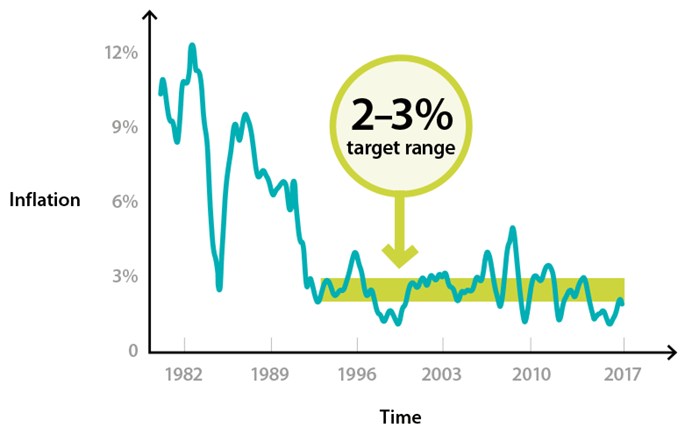Average Collection Period Definition, Importance, Formula

Collaborative AR automation software lets you communicate directly with your customers in a shared cloud-based portal, helping you resolve these problems efficiently. When there’s an issue with an invoice, your customer can leave a comment directly on the invoice or proceed with a short payment and specify why. To calculate your total net credit sales, take your total sales made on credit for a given period and subtract any returns and sales allowances. Here is why calculating your average collection period can help your business’s financial health. In this article, we’ll show you how to calculate your company’s average collection period and give you some examples of how to use it.
By automating them with HighRadius Autonomous Receivables, businesses can significantly improve their order to cash cycle. Using those assumptions, we can now calculate the average collection period by dividing A/R by the net credit sales in the corresponding period and multiplying by 365 days. The average collection period measures a company’s efficiency at converting its outstanding accounts receivable (A/R) into cash on hand. Suppose the average account receivables per day of a grocery store is $50,000 while the average credit sales per day is $20,000.
Why Is It Important to Know Your Average Collection Period?
Enforce strict payment terms and communicate the same with your current and future customers. Look at the average collection period analysis and reduce the collection time. The average collection period for account receivables can help you with future financial planning. Here is how the calculation of average collection period plays a role in your accounts receivable. The average collection period is the average value of the duration when a business collects its payments from its customers. Most businesses require invoices to be paid in about 30 days, so Company A’s average of 38 days means accounts are often overdue.
Charlie Munger Explains How Warren Buffett Outperforms the Market – New Trader U
Charlie Munger Explains How Warren Buffett Outperforms the Market.
Posted: Fri, 16 Jun 2023 10:53:27 GMT [source]
If they are not able to successfully collect from their residents, it can affect the cash flow they have to purchase maintenance supplies, cover operating costs, or pay employees. Knowing your company’s average collection period ratio can help you determine how effective its credit and collection policies are. The time they require to collect the money back from the customer is known as the accounts receivable collection period. Finance professionals weigh multiple factors to determine the average performance of their company.
How To Calculate Accounts Receivable Collection Period
With Versapay, your customers can make payments at their convenience through an online self-service portal. Today’s B2B customers want digital payment options and the ability to schedule automatic payments. With traditional accounts receivable processes, there’s a significant communication gap between AR departments and their customers’ AP departments.

PYMNTS reports state that 88% of businesses automating their AR processes see a significant reduction in their DSO. Automation also helps reduce manual intervention in the collection processes, allows for proactively reaching out to customers, and assists in setting up appropriate credit limits. We have Opening and Closing accounts receivables Balances of $25,000 and $35,000 for the Anand Group of companies. More specifically, the company’s credit sales should be used, but such specific information is not usually readily available.
Why Is the Average Collection Period Important?
In either case, less attention is paid to collections, resulting in an increase in the amount of receivables outstanding. This is entirely an internal issue for which management is responsible, and so can be corrected through management action. If you need help establishing KPMs or automating essential accounts receivable collection processes, contact the professionals at Gaviti. We’ve got years of experience eliminating inefficiencies and improving business. The monitoring of the average collection period is one way to track a company’s ability to collect its accounts receivable. A lower average collection period is better for the company because it means they are getting paid back at a faster rate.
5 reasons to watch each of the DI baseball super regionals – NCAA.com
5 reasons to watch each of the DI baseball super regionals.
Posted: Fri, 09 Jun 2023 07:00:00 GMT [source]
The average collection period is a measurement of the average number of days that it takes a business to collect payments from sales that were made on credit. Businesses of many kinds allow customers to take possession of merchandise right away and then pay later, typically within 30 days. These types of payments are considered accounts receivable formula of average collection period because a business is waiting to receive these payments on an account. Accounts receivable are an asset, or something a business owns or is owed. The average collection period is calculated by taking the average amount of time it takes a company to receive payments on their accounts receivable (AR) and dividing it by the net Credit Sales.
Autonomous Receivables
This metric determines short-term liquidity, which is how able your business is to pay its liabilities. The first step in calculating your average collection period is to find your average accounts receivable. To do this, you take the sum of your starting and ending receivables for the year and divide it by two. The average collection period or DSO of a business is critical for its growth. If a company consistently has high ACP, there is a problem with its accounts receivable and collection process.
- A high ACP can indicate that a company is having difficulty collecting payments from its customers, which may lead to liquidity problems.
- 15 to 30 days should be the average collection period for accounts receivable.
- Some businesses, like real estate, for example, rely heavily on their cash flow to perform successfully.
- Receiving early payments is essential to plan your financial forecasts the right way and adhere to budgets accurately.
- Once you subtract returns and discounts, your net credit sales balance comes to $29,000.During this same period, your customers paid $21,000, and it took an average of 30 days to collect the money.
If you discover shockingly high values when you calculate average collection period, you must work on ways to reduce them. Here are the ways to shorten the collection period without losing customers. This can potentially impact the cash flow of the business, leaving it with more or no money. One factor in deciding the liquidity flow of the business is the average collection period.
